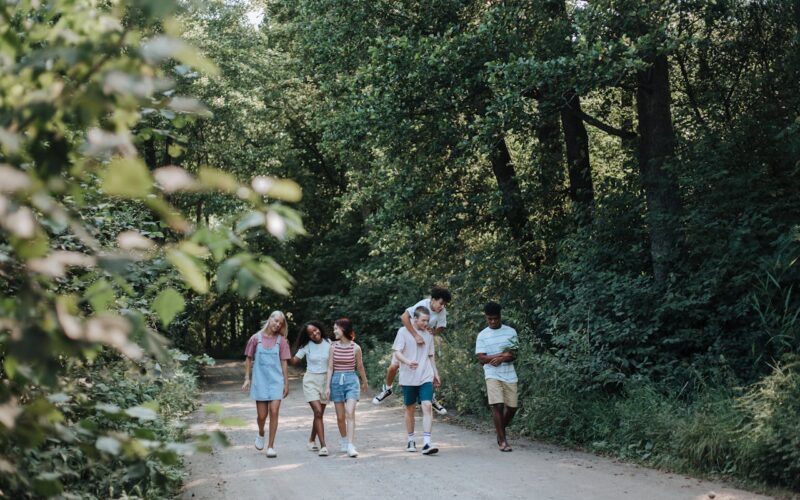Teens in the 1970s didn’t need parental apps or location sharing. They had a level of social freedom that’s hard to imagine today. Without smartphones or online surveillance, they navigated friendships, school life, and weekends with a sense of spontaneity and independence. There were fewer curfews, more public hangout spots, and far less adult oversight. Compared to today’s hyper-monitored environment, the ’70s were a golden era of doing your own thing, and learning from it.
1. No Smartphones, No Constant Tracking

In the ’70s, parents couldn’t ping your phone to see where you were. Teens were trusted to roam and check in when they got home. No GPS meant real freedom, and real consequences if you messed up. This lack of digital surveillance gave teens space to make independent decisions, form in-person bonds, and enjoy true downtime without constant notifications. Today’s always-on connectivity makes such unsupervised moments nearly impossible.
2. Weekend Plans Weren’t Pre-approved

Planning a night out in the ’70s didn’t involve a group chat with screenshots for parental approval. You grabbed your friends, maybe called from a landline, and went. Parents didn’t expect detailed itineraries. Spontaneity ruled, and trust filled in the gaps. Today’s structured schedules and safety apps have taken a lot of that natural flow away. Teens then had the freedom to discover the world on their own terms.
3. School Rules Were Way Looser
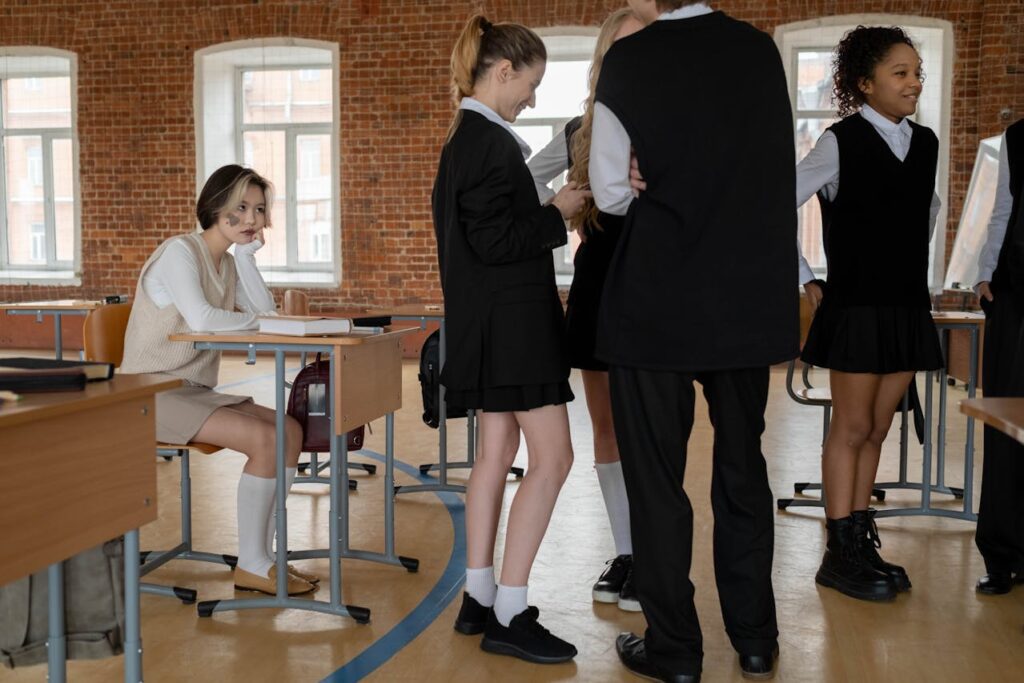
From open lunch policies to casual dress codes, the ’70s schools offered a kind of laid-back structure that’s almost unthinkable today. Students could speak more freely, roam the campus with less supervision, and even disagree with teachers without immediate punishment. The environment felt less policed and more personal. While today’s schools are often stricter for safety reasons, that freedom gave teens space to develop their own voice.
4. Hanging Out Didn’t Need a Reason
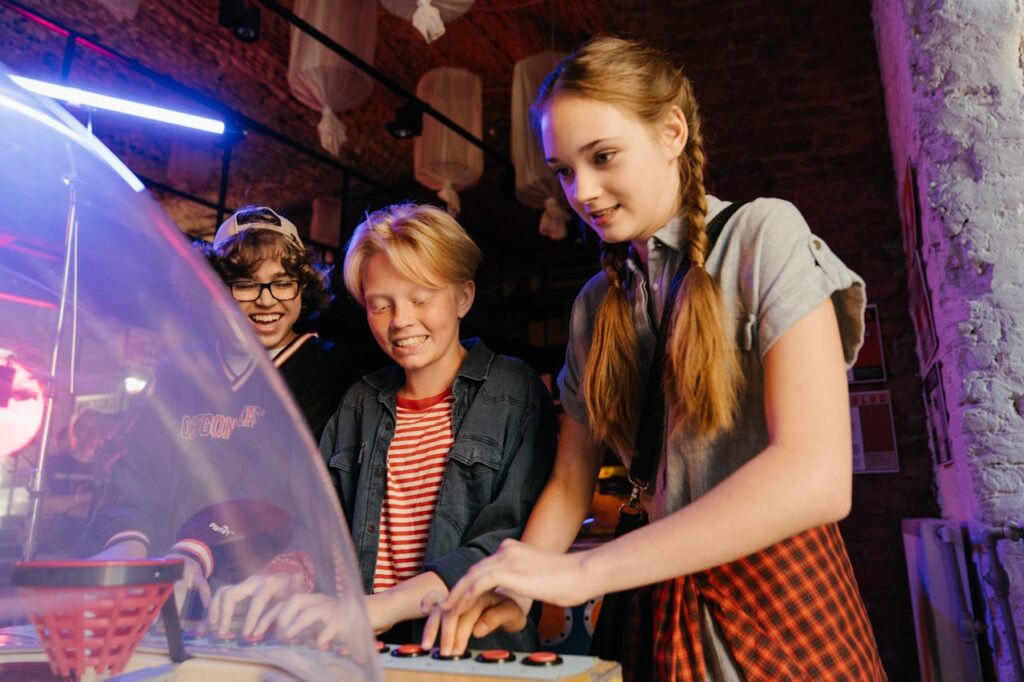
You didn’t need an excuse or a calendar invite to hang out back then. Teens met at diners, record stores, or just someone’s front porch. There wasn’t pressure to “make it productive” or turn it into content. Friendships were built on unstructured time, boredom, and simply being around each other. Now, with busy schedules and curated online lives, casual connection is harder to come by for Gen Z.
5. Parents Trusted More, Hovered Less
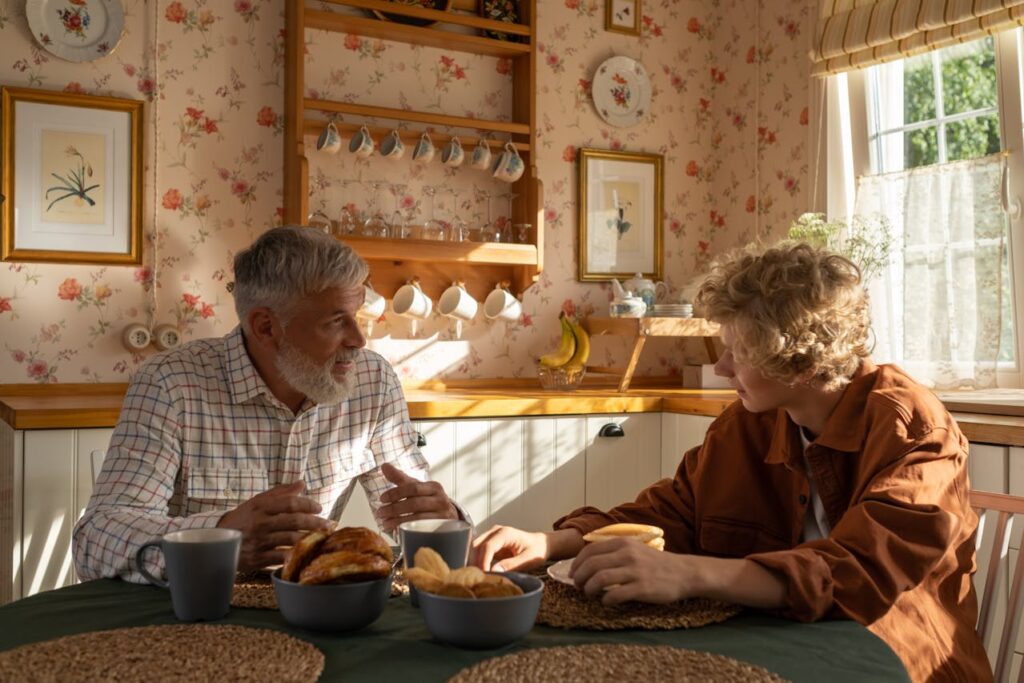
While parenting styles varied, the general vibe in the ’70s was one of “you’ll figure it out.” Kids were expected to be responsible, but also allowed to take risks and make their own calls. Parents didn’t micromanage every decision or hover through digital tools. This trust built independence and confidence, something today’s teens might struggle to develop under constant supervision, even when it’s well-intentioned.
6. Public Spaces Felt Like Teen Zones
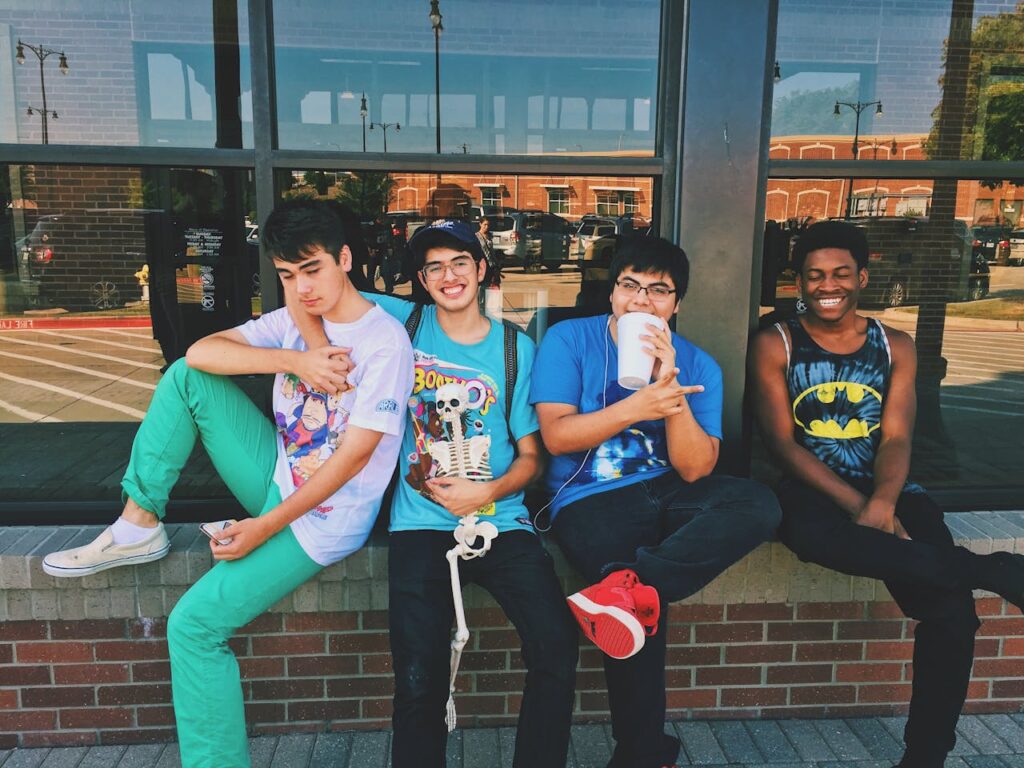
Teens in the ’70s practically owned malls, arcades, and drive-ins. These spaces weren’t just tolerated, they were made for young people to socialize freely. There were no “loitering” crackdowns or age restrictions. You could show up, hang out, and stay till late. Now, many public areas are designed for adult oversight or commercial efficiency. That shift has taken away crucial places where teens once just were, no permission needed.
